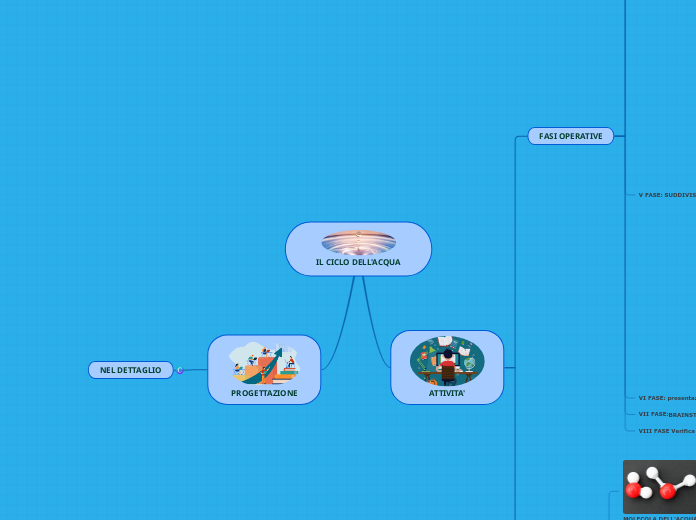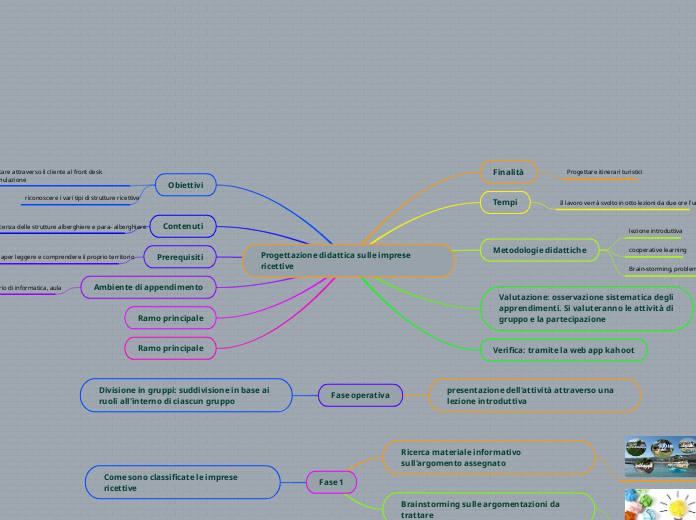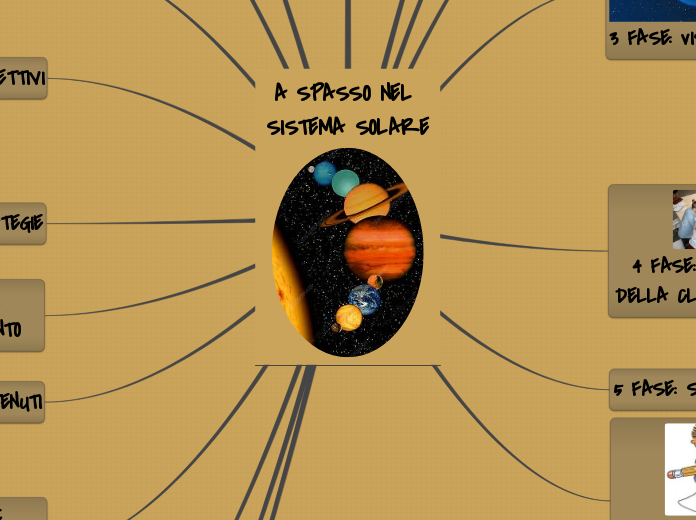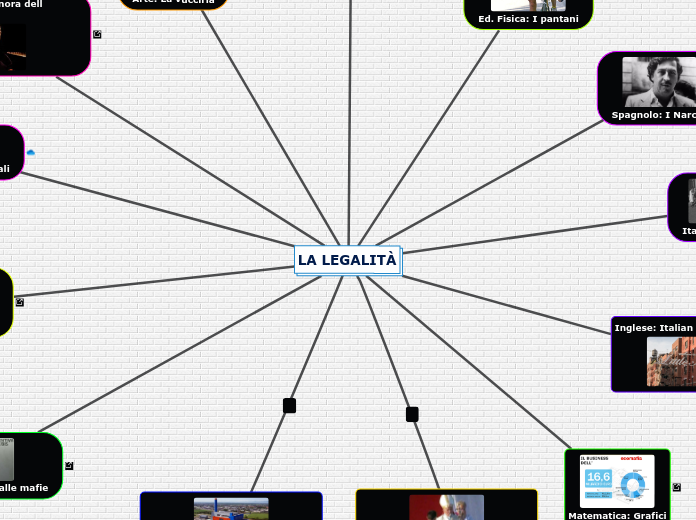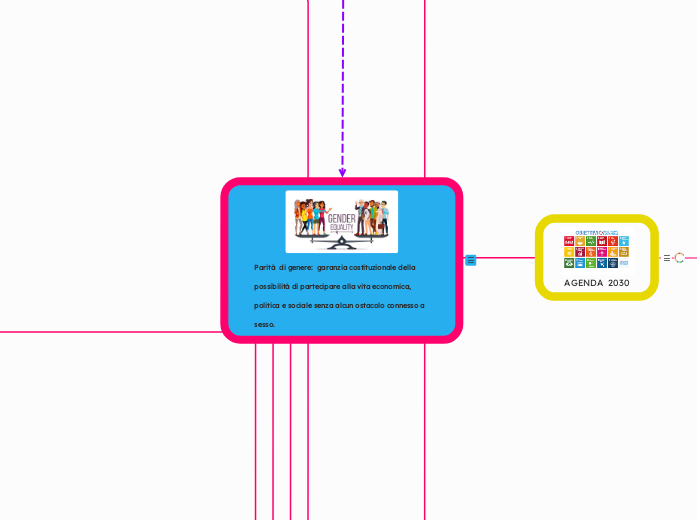IL CICLO DELL'ACQUA
Learn more about hurricanes and tornadoes, the areas of the world they affect, how they are formed and when, and what you can do to survive such an extreme storm.
PROGETTAZIONE
NEL DETTAGLIO
ATTIVITA'
CONTENUTI
Which are the areas/countries of the world hit most frequently or severely by tornadoes? Choose from the options below or add your own.
North AmericaEuropeSouth AfricaPhilipppinesBangladeshNew ZealandSouth AmericaCanadaOther
STATI DELL'ACQUA
PASSAGGIO DI STATO
SUBLIMAZIONE
SOLIDIFICAZIONE
CONDENSAZIONE
EVAPORAZIONE
FUSIONE
CAMBIAMENTO CLIMATICO
ACQUA SUL NOSTRO PIANETA
ACQUA SALATA
ACQUA DOLCE
FALDE SOTTERRANEE
GHIACCIAI E NEVI PERENNI
MOLECOLA DELL'ACQUA
FASI OPERATIVE
Tornadoes are local storms of short duration (this ranges between 5 and 10 minutes) formed of winds that rotate at very high speeds, usually in a counter-clockwise direction.
A tornado's characteristics:
- Time of day: they usually occur in the afternoon (3 - 7 PM)
- Direction: usually from southwest to northeast
- Length of path: this is the distance it travels; the average is 4 miles, but it could also travel around 300 miles.
- Width of path: averages between 300 and 400 yards but tornadoes have cut paths a mile or more in width.
- Speed of travel: though speeds of 68 mph have been reported, the average speed is somewhere between 25 and 40 mph.
- Cloud: dark cumulonimbus (thunderstorm cloud) from which the funnel-shaped pendant extends to the ground.
- Precipitation: rain and hail before the tornado hits and heavy downpour to the side of the tornado's path.
- Sound: roaring, rushing noise.
VIII FASE Verifica
VII FASE:BRAINSTORMING: RIFLESSIONI FINALI
VI FASE: presentazione dei lavori
V FASE: SUDDIVISIONE DEI LAVORI
IV GRUPPO : cambiamento climatico interviste ai nonni
IV GRUPPO CICLO IDROLOGICO: RACCOLTA DATI IN LABORATORIO DI INFORMATICA E PRODUZIOONE DI CARTELLONISTICA
III GRUPPO: stati dell'acqua E PASSAGGI DI STATO
II GRUPPO: com'è distribuita l'acqua sul nostro pianeta: realizzazione di una presentazione in Power Point
I GRUPPO: descrizione della molecola dell'acqua e realizzazione di un modellino con materiale da reciclo
IV FASE: SUDDIVISIONE IN PICCOLI GRUPPI ETEROGENEI
III FASE: VISUALIZZAZIONE FILMATO
II FASE RACCOLTA DELLE IDEE IN TEMPO REALE (MENTIMETER)
I FASE verifica dei prerequisiti mediante somministrazione di test
